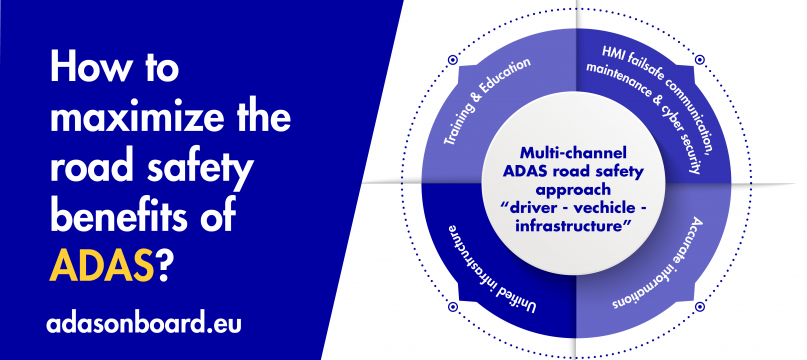
While confirming that ADAS could improve road safety, a new study published today by FIA Region I shows that a few conditions must be met first: technical optimisation of the systems, increased drivers’ awareness, as well as appropriate road infrastructure are needed.
Laurianne Krid, Director General at FIA Region I, commented: “Our study confirms that, for ADAS to fulfil their full potential, we need an integrated approach in which all mobility stakeholders – from drivers to vehicle manufacturers, from road operators to regulators – have a role to play.”
Drivers should understand the limitations of the systems, and realise that they are still in charge. Regarding the vehicles, minimum technical requirements and a clear standard for lifetime guarantee of ADAS must be set. As for infrastructure, national road operators and traffic agencies should collaborate towards a uniform, “future-proof” road network, especially in regard to highways and provincial roads.
ADAS technologies, either as standard or as an option, are already in the market and some are set to become mandatory on new car models from July 2022 and on all existing models from July 2024. Krid added: “We are ready to collaborate with every stakeholder to ensure that ADAS can deliver on their promise of safer vehicles for all the road users”.